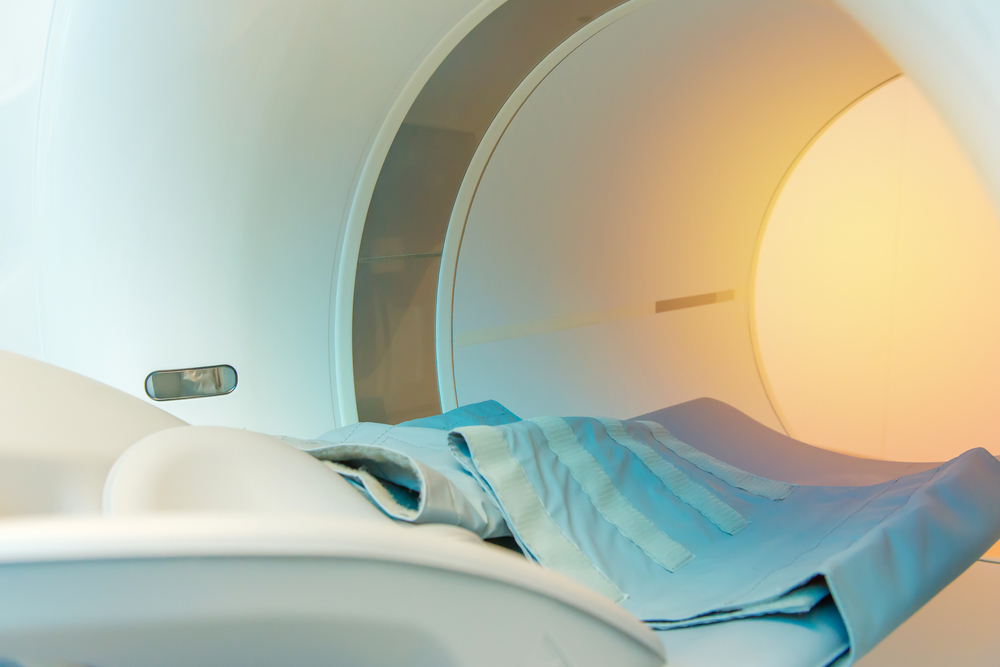Risk Assessment in Cardiac Sarcoidosis Patients May Be Improved with Heart MRI

Poor cardiac outcomes in patients with cardiac sarcoidosis may be predicted through the presence of cardiac fibrosis assessed by heart magnetic resonance imaging (MRI), according to a recent Japanese study.
The study, “Risk stratification for major adverse cardiac events and ventricular tachyarrhythmias by cardiac MRI in patients with cardiac sarcoidosis,” published in the journal Open Heart, may improve risk stratification in patients with cardiac sarcoidosis, leading to a better identification of those who are more likely to benefit from preventive interventions.
From 20 to 30 percent of sarcoidosis patients exhibit cardiac involvement in autopsy studies. In these patients, the presence of granulomas and fibrosis in heart tissue are often associated with ventricular tachyarrhythmia (VA), which may lead to sudden cardiac death. Given the poor prognosis of these patients, it is important to stratify them according to their risk of experiencing serious cardiac events.
In the study, researchers enrolled 81 patients diagnosed or suspected of having cardiac sarcoidosis, who were assessed for myocardial damage or fibrosis using late gadolinium-enhancement cardiac magnetic resonance (LGE-CMR).
A recent study had shown that LGE-positive cardiac sarcoidosis patients had a higher rate of adverse events compared with LGE-negative patients, but the utility of LGE in sarcoidosis patients with high-grade cardiovascular symptoms had not been assessed.
Therefore, researchers analyzed cardiac damage and function in detail to explore the relationship of fibrosis mass and its localization with the development of cardiac clinical outcomes, including VA.
After a median follow-up of 22.1 months, investigators found that increased left ventricular fibrosis was significantly associated with increased prevalence of VA. In addition, the localization of LGE lesions, particularly in the left ventricular basal anterior and basal anteroseptal areas, were also found to correlate with the prevalence of VA.
Importantly, researchers found that combining both variables provided a better risk stratification than when each of the variables were used alone.
Although the study was restricted to patients who could undergo CMR, and did not include those with implanted cardiac devices or with severe renal failure, the researchers believe that LGE-CMR may be a useful tool for improving risk stratification in patients with cardiac sarcoidosis by assessing both the mass and location of fibrotic lesions in the patients’ hearts.






